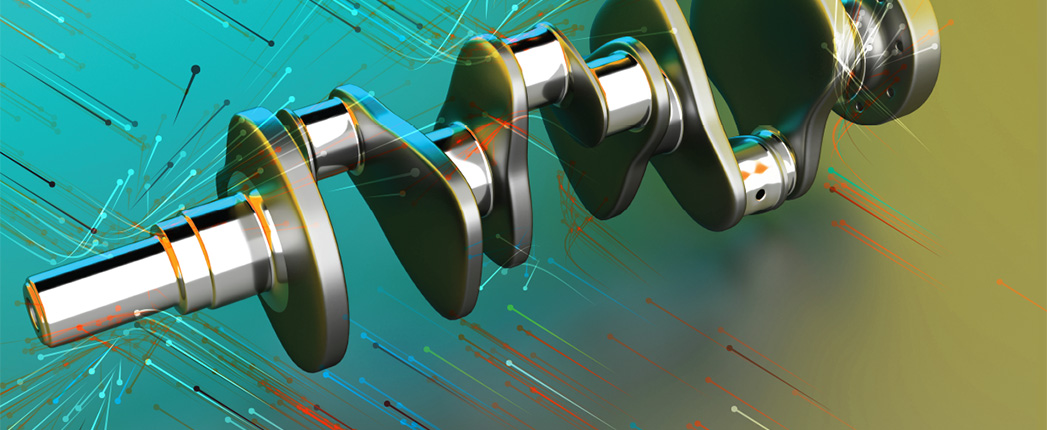"Engine oil antiwear performance levels have continued to rise over the past couple decades, even as ZDDP levels fell. So what provided this additional performance? For the most part, it was not new additive chemistries as industry insiders had predicted. Numerous organizations researched and sought to develop products, and some were commercialized, but industry insiders say few have been widely deployed. Much of that owes to the multi-faceted usefulness of ZDDP. Cutting back on the chemical affects not only antiwear performance, but also antioxidancy and corrosion inhibition, so multiple parts of a formula need to be adjusted."
"Cost is also an issue. Any significant change in automotive engine oil formulation requires formulators to redo testing to prove performance levels defined by product specifications. Engine tests in such specs can be very expensive, generating bills of millions of dollars—and that’s just if final tests are passed the first time around. The tab increases if you also consider tests conducted during development and if any tests need to be rerun."
"Instead, the lubricant and auto industries found a number of ways to improve antiwear performance with lower levels of the main agent for that performance. For one thing, additive companies found that some varieties of ZDDP are more effective than others. In particular, aryl varieties are slower to form up into a protective film than alkyl varieties. Also, primary alkyl ZDDPs are more volatile than secondary alkyl types, meaning that they tend to evaporate, leading to a decrease in performance."

 www.lubesngreases.com
www.lubesngreases.com
"Cost is also an issue. Any significant change in automotive engine oil formulation requires formulators to redo testing to prove performance levels defined by product specifications. Engine tests in such specs can be very expensive, generating bills of millions of dollars—and that’s just if final tests are passed the first time around. The tab increases if you also consider tests conducted during development and if any tests need to be rerun."
"Instead, the lubricant and auto industries found a number of ways to improve antiwear performance with lower levels of the main agent for that performance. For one thing, additive companies found that some varieties of ZDDP are more effective than others. In particular, aryl varieties are slower to form up into a protective film than alkyl varieties. Also, primary alkyl ZDDPs are more volatile than secondary alkyl types, meaning that they tend to evaporate, leading to a decrease in performance."

ZDDP Lives On - Lubes'N'Greases
Emissions regulations threatened to steal engine oil formulators’ main weapon against wear. How has its use persisted?
